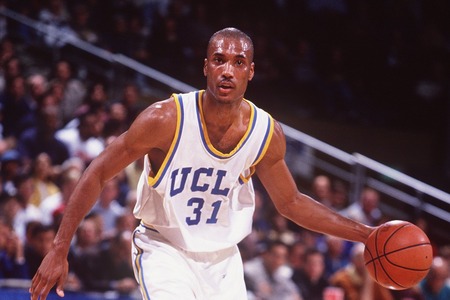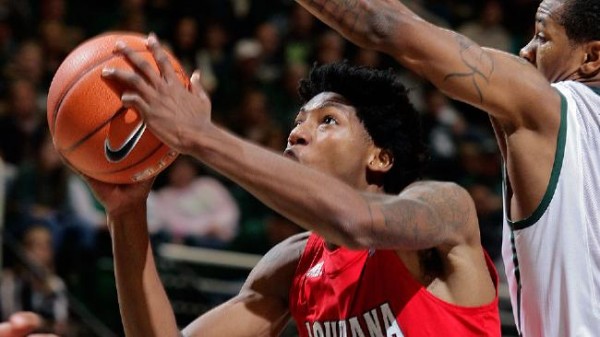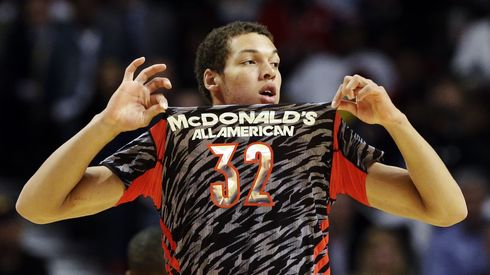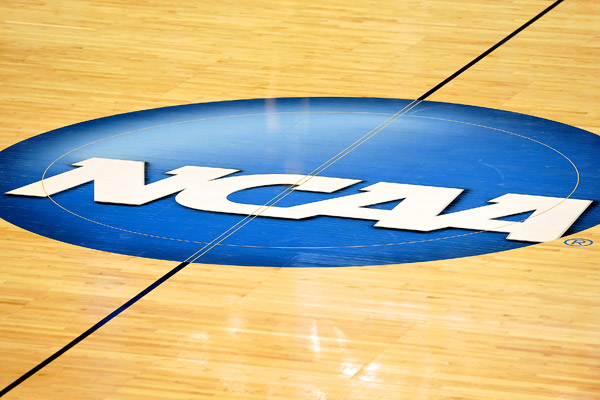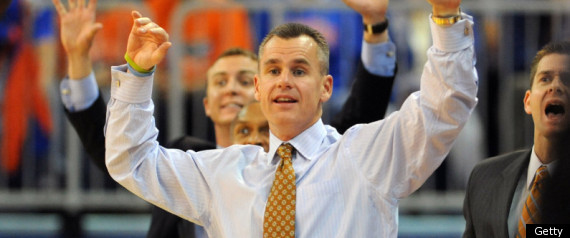RTC NBA Draft Profiles: Michael Carter-Williams
Posted by BHayes on June 20th, 2013The NBA Draft is scheduled for Thursday, June 27, in Brooklyn. As we have done for the last several years, RTC will provide comprehensive breakdowns of a number of the top collegians most likely to hear his name called by David Stern in the first round on draft night. We’ll generally work backwards and work our way up into the lottery as June progresses. As an added bonus, we’ll also bring you a scouting take from NBADraft.net’s Aran Smith at the bottom of each player evaluation. This post was contributed by RTC’s Bennet Hayes. He can be found on Twitter @HoopsTraveler.
Player Name: Michael Carter-Williams
School: Syracuse
Height/Weight: 6’6”/ 185 lbs.
NBA Position: Point Guard
Projected Draft Range: Lottery to Mid-First Round
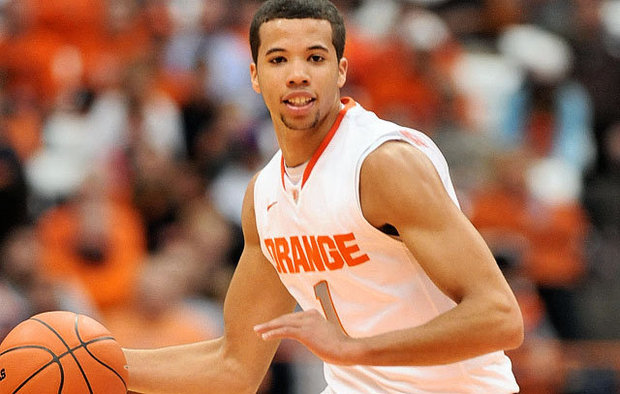
Good things seemed to happen for Syracuse last season when the ball was in Michael Carter-Williams’ hands
Overview: He only spent one year earning real minutes under Jim Boeheim at Syracuse, but Michael Carter-Williams (also known as MCW) showcased his unique skill set during the 2012-13 season. His final stat line does well to express his diverse impact on a Syracuse squad that concluded its campaign in Atlanta and the Final Four: 11.9 PPG, 7.3 APG, 4.9 RPG, 2.8 SPG. The former McDonald’s All-American led the Big East in both steals and assists, and in the process became the key cog on a team loaded with talent. There were bumps in the road – inconsistent shooting, a drop in production during Big East play, that Syracuse mid-season swoon – but Carter-Williams’ frequent dynamic performances still left NBA scouts salivating. Even during a freshman season where he witnessed only 269 total minutes of court time, MCW showed enough to pique the interest of scouts. The sophomore’s emergence was far more confirmation than pleasant surprise, and it now leaves him on the doorstep of the NBA. Much progress still needs to be made when it comes to skill development, but you have to believe whichever NBA team winds up selecting Carter-Williams will have big hopes for the player who may just have the highest ceiling in the entire draft.
Will Translate to the NBA: The reality is that Carter-Williams is a pretty raw prospect at this point. He will need further schooling and seasoning on both ends of the court to get up to speed in the NBA, but he does enter the league with some NBA-ready tools. First, and most obviously, his measurables are fantastic. He is extraordinarily long and athletic for the PG position, and it will be those traits that help to overcome some of his current skill deficiencies while he adjusts to the league. And while development is needed in a lot of areas, MCW already flashes many attributes of successful NBA point guards. His Syracuse teammates of a year ago can attest to the fact that his floor vision is very good (you are welcome James Southerland!) and despite his unusual size, ball-handling and passing are both plus attributes for Carter-Williams. Early minutes will depend on where he lands of course, but don’t expect Carter-Williams to be overwhelmed with the athleticism of the league, and he could even prove capable of providing a spark to a second unit from day one.






























